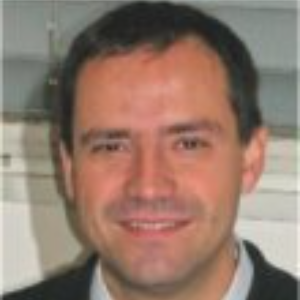Title : Optogenetic neural interfaces
Abstract:
Optogenetics is a relatively new technology to achieve cell-type specific neuromodulation with millisecond-scale temporal precision. Optogenetic tools are being developed to address neuroscience challenges, and to improve knowledge of the brain networks with the ultimate aim of catalyzing new treatments for brain disorders and diseases. The accomplishment of this ambitious goal requires the implementation of mature and reliable engineered tools. In the last decade, several efforts have been made to provide full developed devices with photostimulation capability for neural tissue activation or inhibition. The success of optogenetics relies on optical tools (referred to as optrodes) which are in contact with the neural tissue. First, the design and manufacturing approaches available are reviewed, and the current challenges to accomplish appropriate multimodality, wireless optical devices are discussed. Finally, a single LED optrode with electrophysiological recording sites in a silicon probe is presented.
Audience take away:
• Overall, this presentation will be a helpful guidance to the engineering and design of optical microsystems for optogenetic applications.
• Audience related with biomedical engineering will appreciate a silicon neural probe avoiding overheating process.
• A manufacturing methodology relies on standard microfabrication technologies: lithography, thin-film depositions and low-cost traditional mechanical blade dicing technology.
• Fabrication results suggest a robust probe design, with 8 mm long single-shaft with a sharp tip. The 2D dicing methodology, applied to silicon wafers, facilitates the integration with patterning process, frequently used in MEMS and CMOS industry
• Low impedance values of recording sites and sufficient light power results show great potential for this design to modulate neural activity in both cortical and deeper brain regions.



